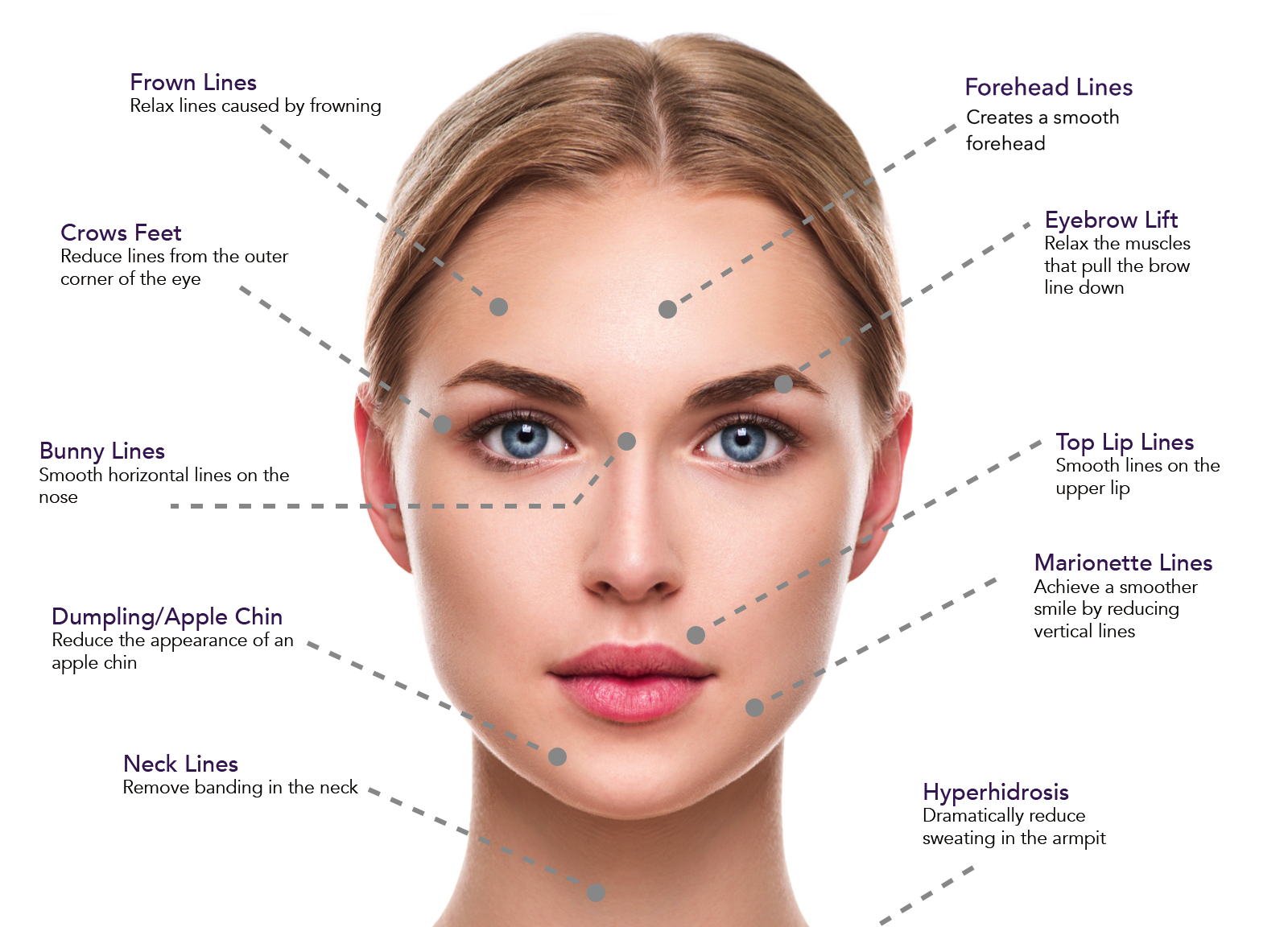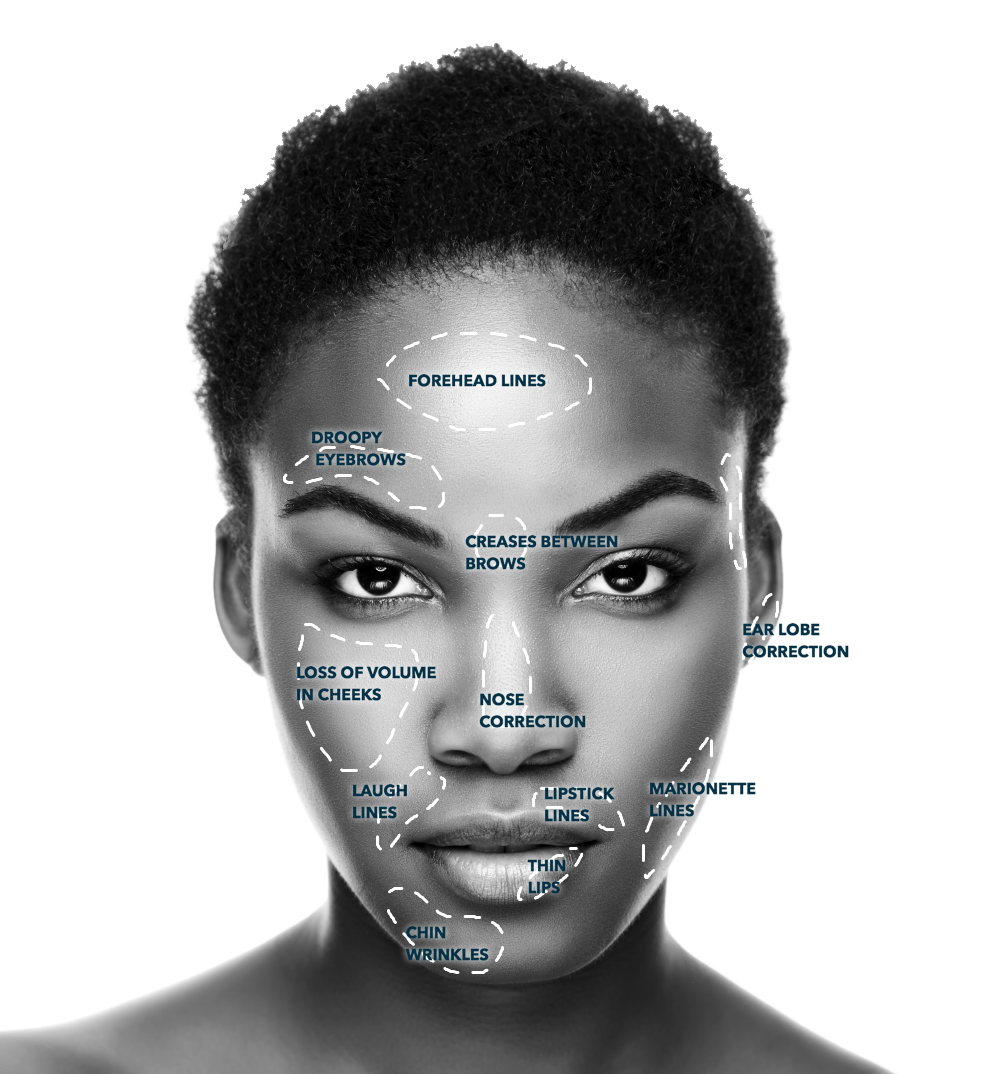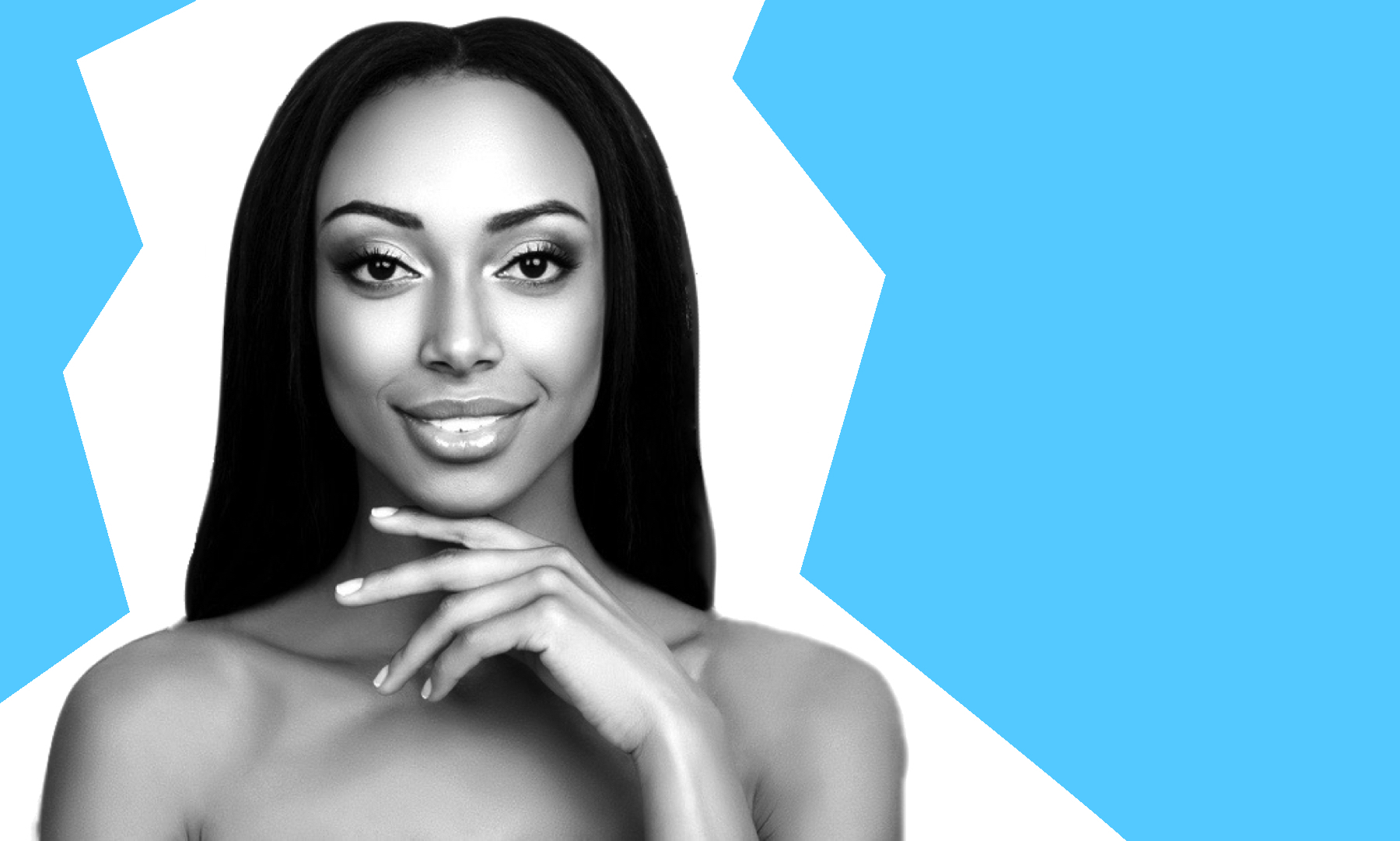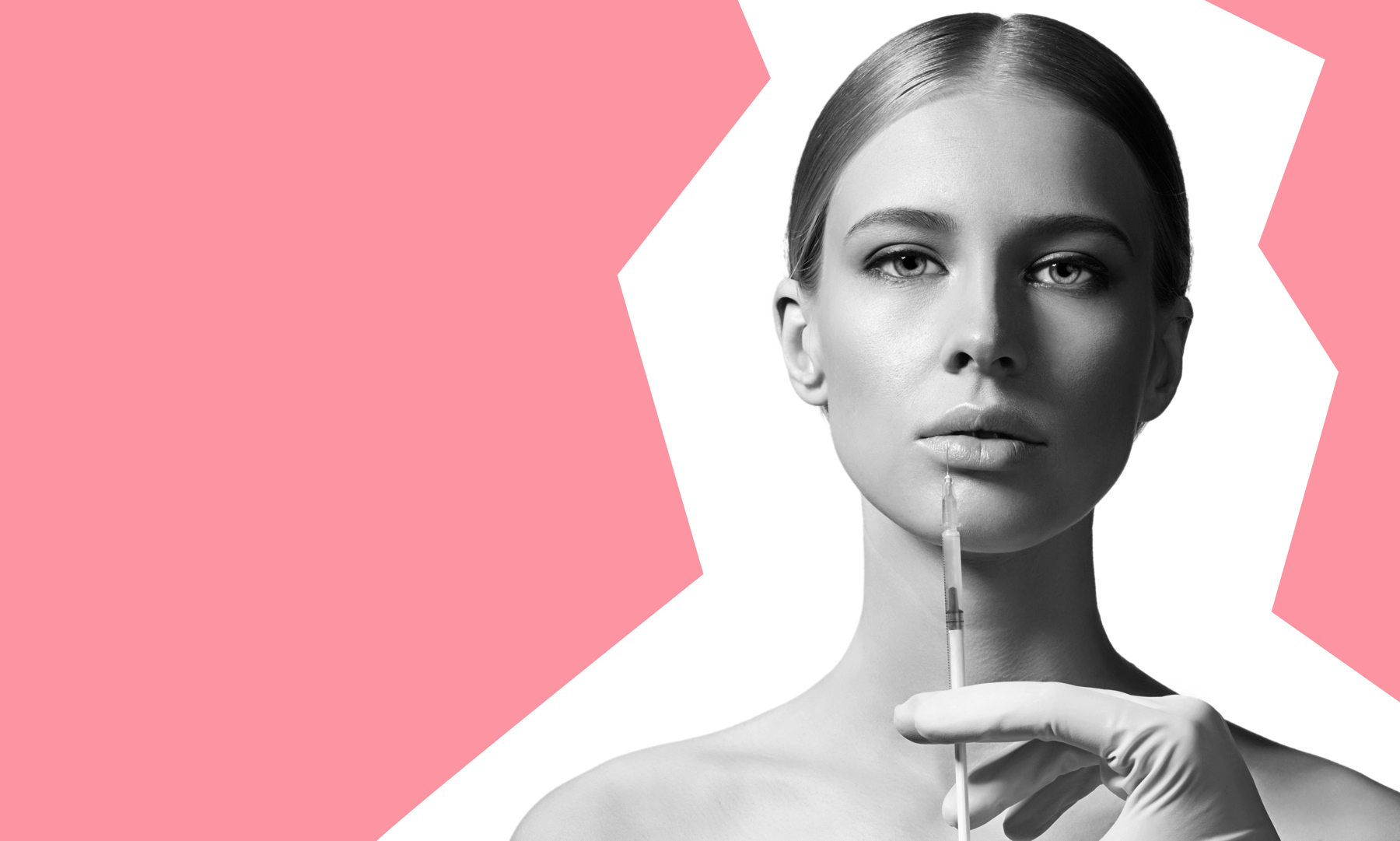Have you always wanted to try botox but didn’t know when to start? Here’s a guide that can help you figure it out:
WHEN SHOULD I GET BOTOX?

When Lines Start to Stick Around
Start to treat lines when they begin to stick around. When you smile or frown, lines may develop during the expression. They generally go away when the face is relaxed. However, when lines start to stick around at rest, that’s when you can consider getting initial Botox treatments
As a preventative measure
The earlier you start Botox, the better since it is best used as a preventative measure to avoid getting fine lines and wrinkles. It works by relaxing the muscle; once relaxed, it relaxes the overlying skin, so you don’t get wrinkles.
If your doctor suggests it as a treatment for migraines
If you suffer from certain types of migraines and tension headaches, Botox injections into muscles in the back of the skull and forehead may reduce the incidence frequency and severity of your headaches.
If you sweat excessively to the point of discomfort
The FDA has approved Botox for the treatment of severe, excessive sweating. Multiple injections are placed in the armpits, palms, or soles of the feet.
If you are looking to shrink or soften your jawline
The masseter muscle, which is used for chewing and grinding of the teeth, can be more full in some people than others and even enlarged in patients who grind their teeth. Botox can be performed in this area to soften the jawline. In fact, using Botox for the masseter to soften a square jaw in women is the number one use of Botox in Asia, particularly in South Korea.
MYTHS ON BOTOX
Botox is widely misunderstood due to the media. Debunk myths and learn more to become confident in botox.
MYTH 1: Botox is toxic.
FACT: While many are of the impression that Botox is harmful to the human body, it is actually a neurotoxin derived from Clostridium botulinum, an organism found in the natural environment where it is largely inactive and non-toxic.
MYTH 2: Botox will give me a ‘frozen’ or expressionless look.
FACT: ‘Frozen’ or expressionless look usually is a result of overdosage of botox unit injection. An experienced injector would know how many Botox units to inject so that you will look natural and not ‘frozen’. Botox reduces muscle activity but does not radically change it. Botox is best injected by an actual Aesthetic doctor.
MYTH 3: Botox can erase all my wrinkles.
FACT: There are two types of wrinkles: Dynamic wrinkles are wrinkles developed from facial muscular movement and static wrinkles that are a result of aging and sun exposure. Botox treats dynamic wrinkles by relaxing the muscle thus improving the appearance of these wrinkles. Static wrinkles on the other hand do not respond to Botox. Treatment of static wrinkle may require a combination of other aesthetic treatment, such as dermal fillers, threading, laser therapy or chemical peeling.
MYTH 4: If you stop getting Botox, it will make you look older.
FACT: Botox will prevent your wrinkles from worsening when you keep up with your treatments. If you decide to stop having Botox treatments, you will slowly lose the muscle relaxing effect of Botox and will resume the normal development of wrinkles with facial movement. Botox will not worsen wrinkles formation but instead wrinkles will slowly return to how they were initially, prior to treatment.
MYTH 5: Botox injections are painful.
FACT: Botox treatments are often referred to as the “lunchtime procedure” because it’s quick and there is little to no downtime. Pains from the injections are completely manageable as the needles are very fine, which means that you would only feel a very slight sting during the injection. But with prior application of numbing anesthetic cream, the procedure is almost painless.
MYTH 6: Botox is addictive.
FACT: No addictive properties are reported to be in a Botox solution, thus there is no potential to make an individual physically addicted to the drug. People become dependent on cosmetic results of a Botox injection because it makes them look younger and fresher.
MYTH 7: Botox will travel throughout my body, infecting everything
FACT: Botox is a purified protein complex derived from the bacterium Clostridium botulinum toxin. Botox itself will not cause any infection in the body. It will not travel throughout the body, as it clots locally at the site of injection.
WHAT ARE
DERMAL FILLERS
Learn why we use dermal fillers, and how our body naturally absorbs them

What is it?
Dermal filler is a soft gel/tissue filler injected into the skin to help fill in facial wrinkles in order to correct and restore a smoother appearance. Most of these wrinkle fillers are temporary because they are eventually absorbed by the body.
How do they work?
Fillers basically restore lost volume to your face and plump areas, so that deep set lines are smoothed. Why is this needed? Well, as we get older our bodies stop producing collagen and elastin, both of which contribute to the youthful look. Experts argue over when we start losing collagen; but the generally agreed age is 25. Which is pretty young, right? Your collagen and elastin levels then decline at a rate of about 2% per year, and your body will have stopped producing it altogether by your late twenties.
Fillers have been used for decades to restore lost volume or add lift.
WHATS THE DIFFERENCE BETWEEN BOTOX AND DERMAL FILLERS?
Understand the differences and the benefits of both Botox and Dermal Fillers, and get whats right for your journey in beauty & restoration
Botox: contains purified bacteria that freeze muscles. In doing so, Botox can help minimize the appearance of lines and wrinkles caused by facial expressions. This freezes muscles to stop creases and wrinkles caused by facial expressions. These are typically found in the upper face, such as the forehead and around the eyes.
Dermal fillers: contain ingredients that add fullness to areas that have thinned due to aging. This thinning is common in the cheeks, lips, and around the mouth. These use hyaluronic acid and similar substances to “fill in” or plump areas that have lost volume and smoothness. This includes wrinkles around the mouth, thin lips, and cheeks that have lost fullness. They may also be used on forehead wrinkles, scars, and other areas that need extra volume for a smoother look.
Botox results last 3 to 4 months. Dermal filler results vary, depending on which filler is used.
Because Botox and fillers are different substances designed for different uses, they can sometimes be combined in one treatment. For instance, someone may use Botox to correct lines between the eyes and a filler to correct smile lines around the mouth.


